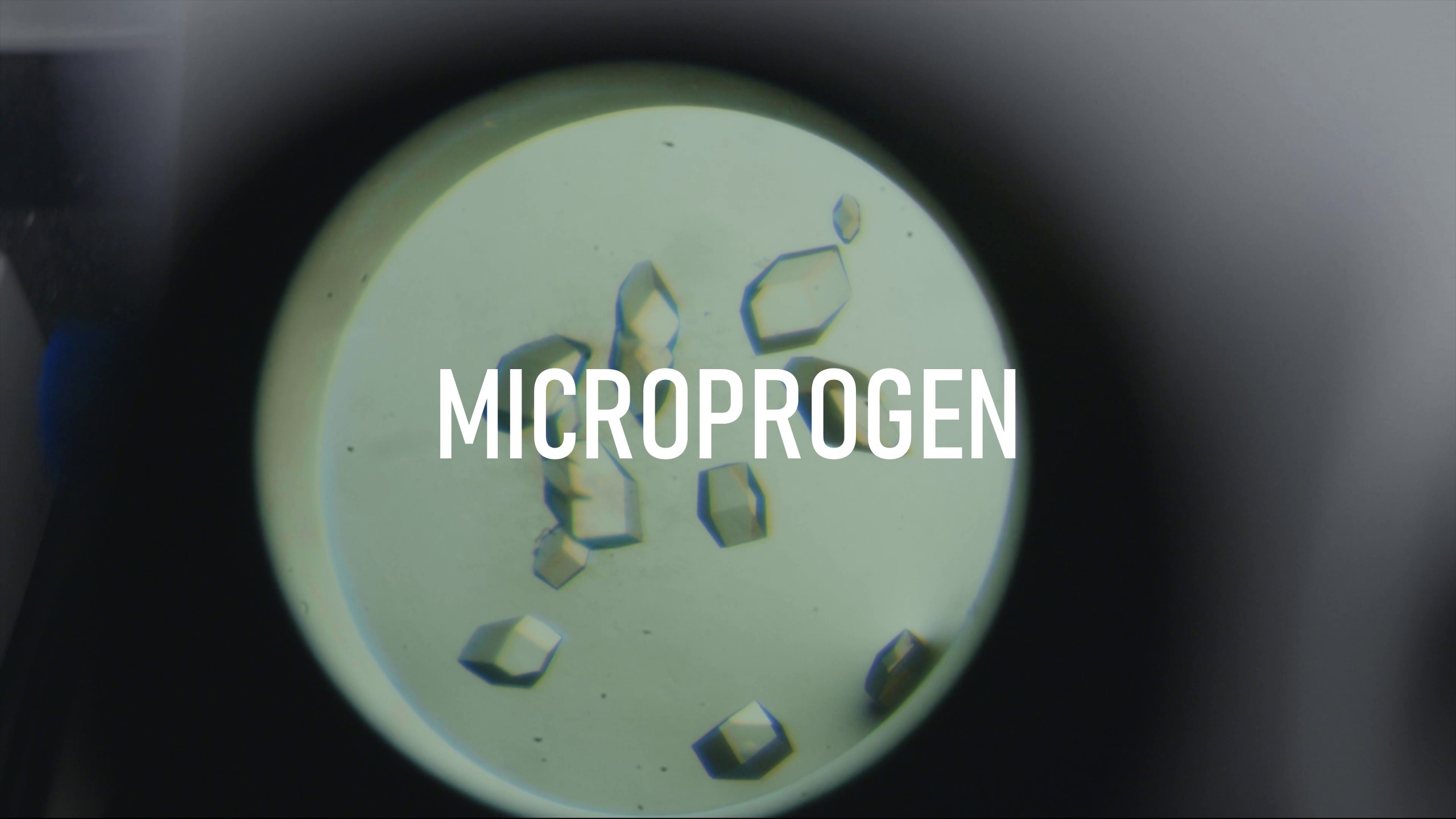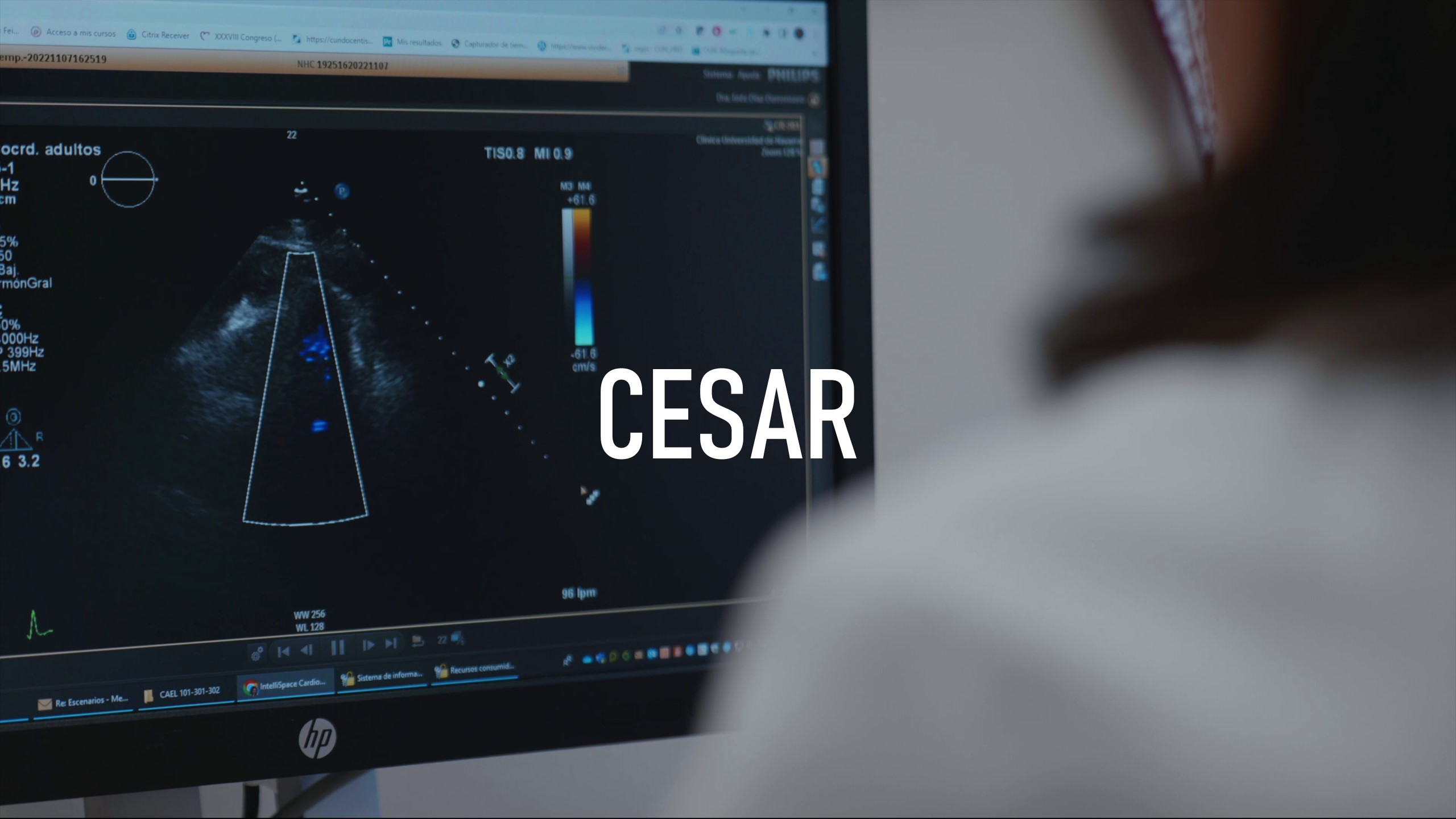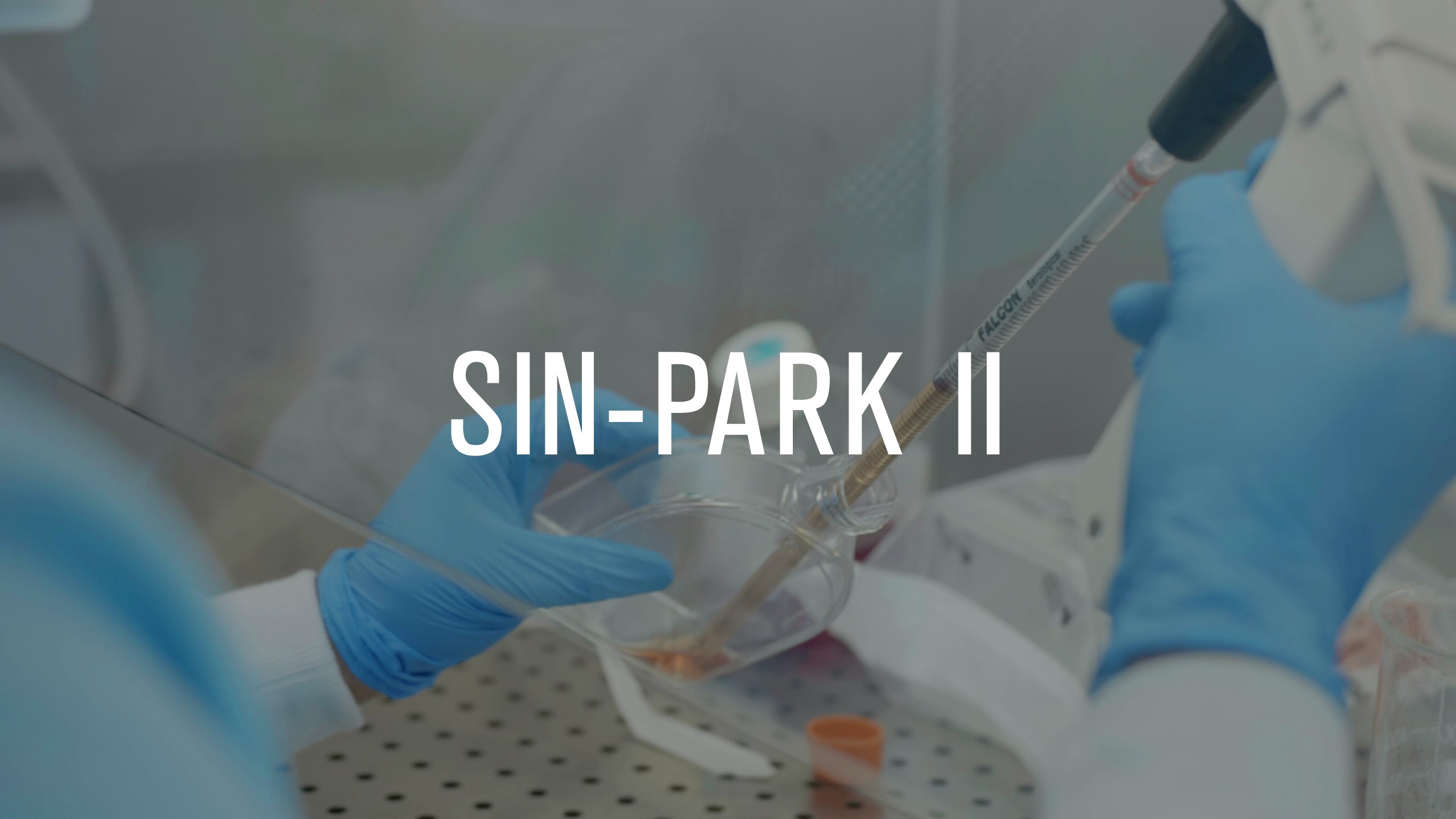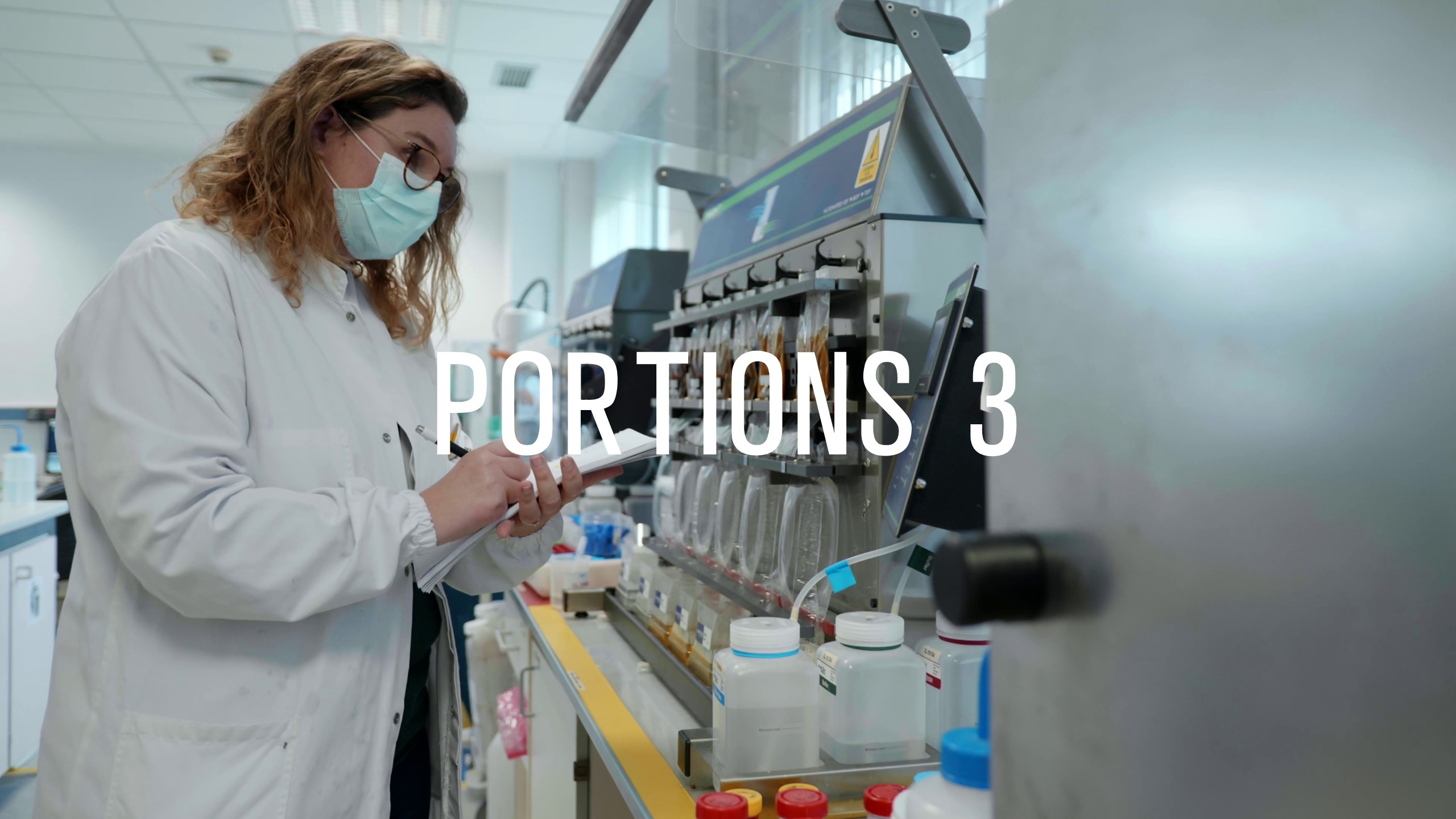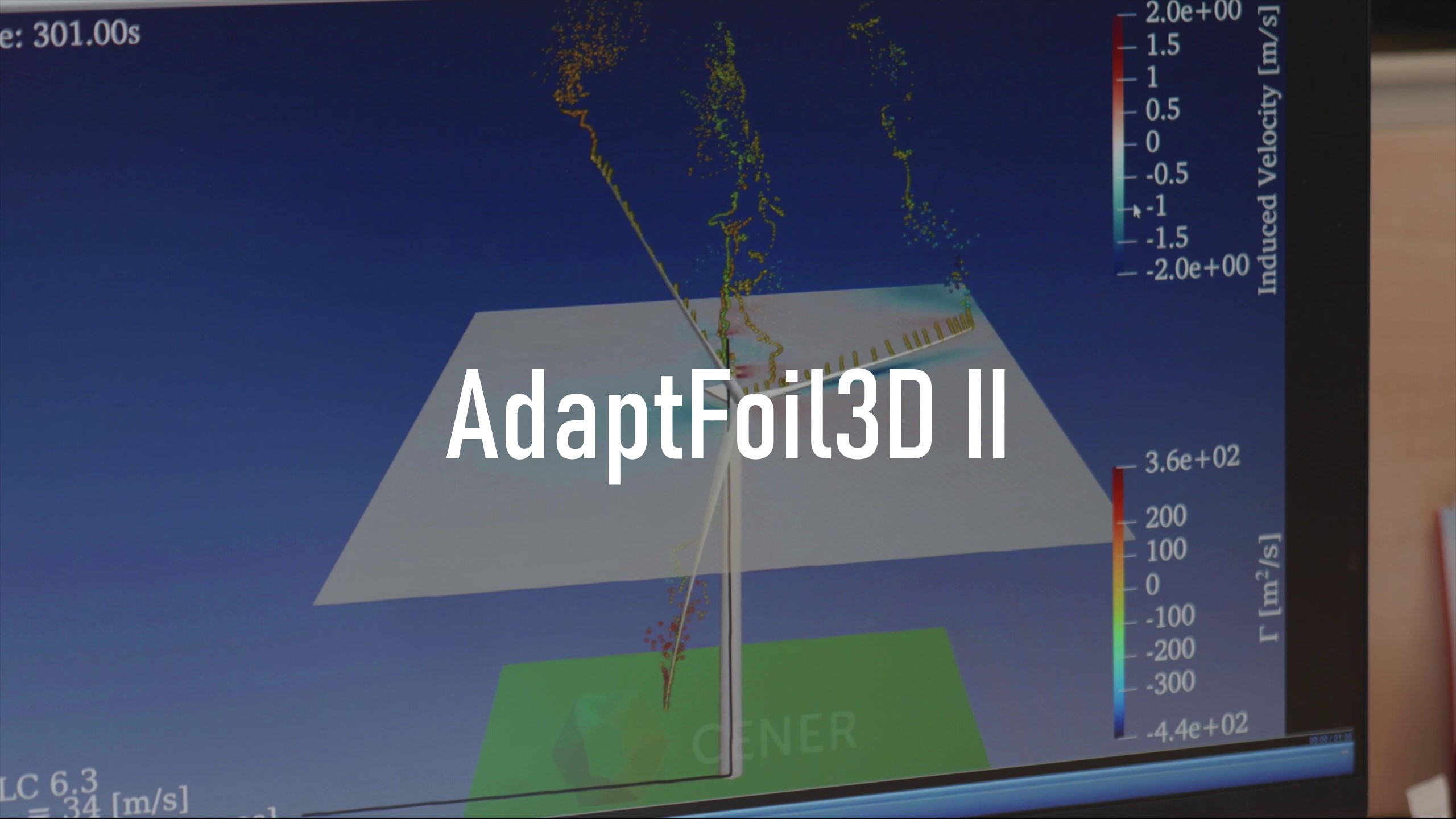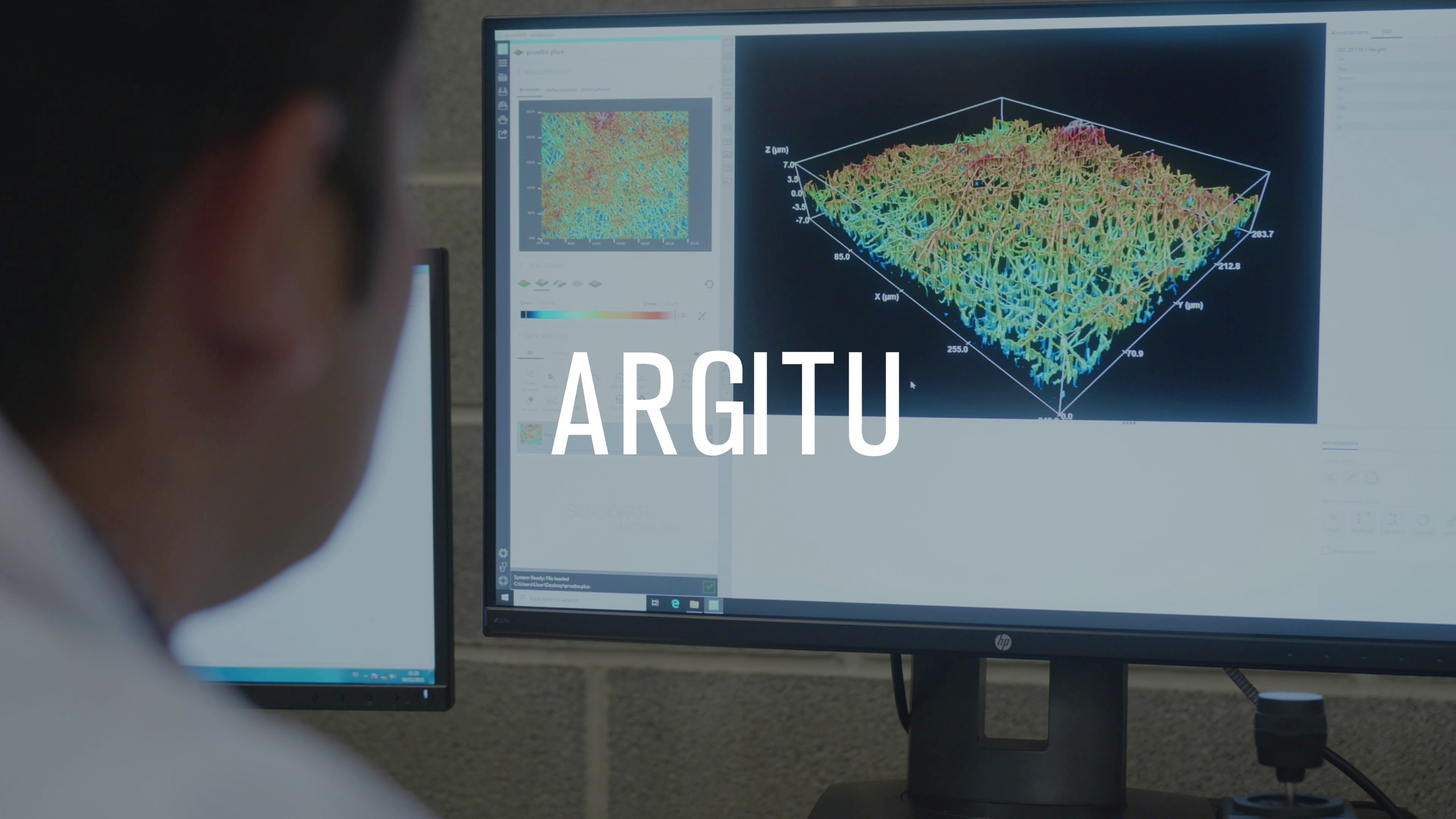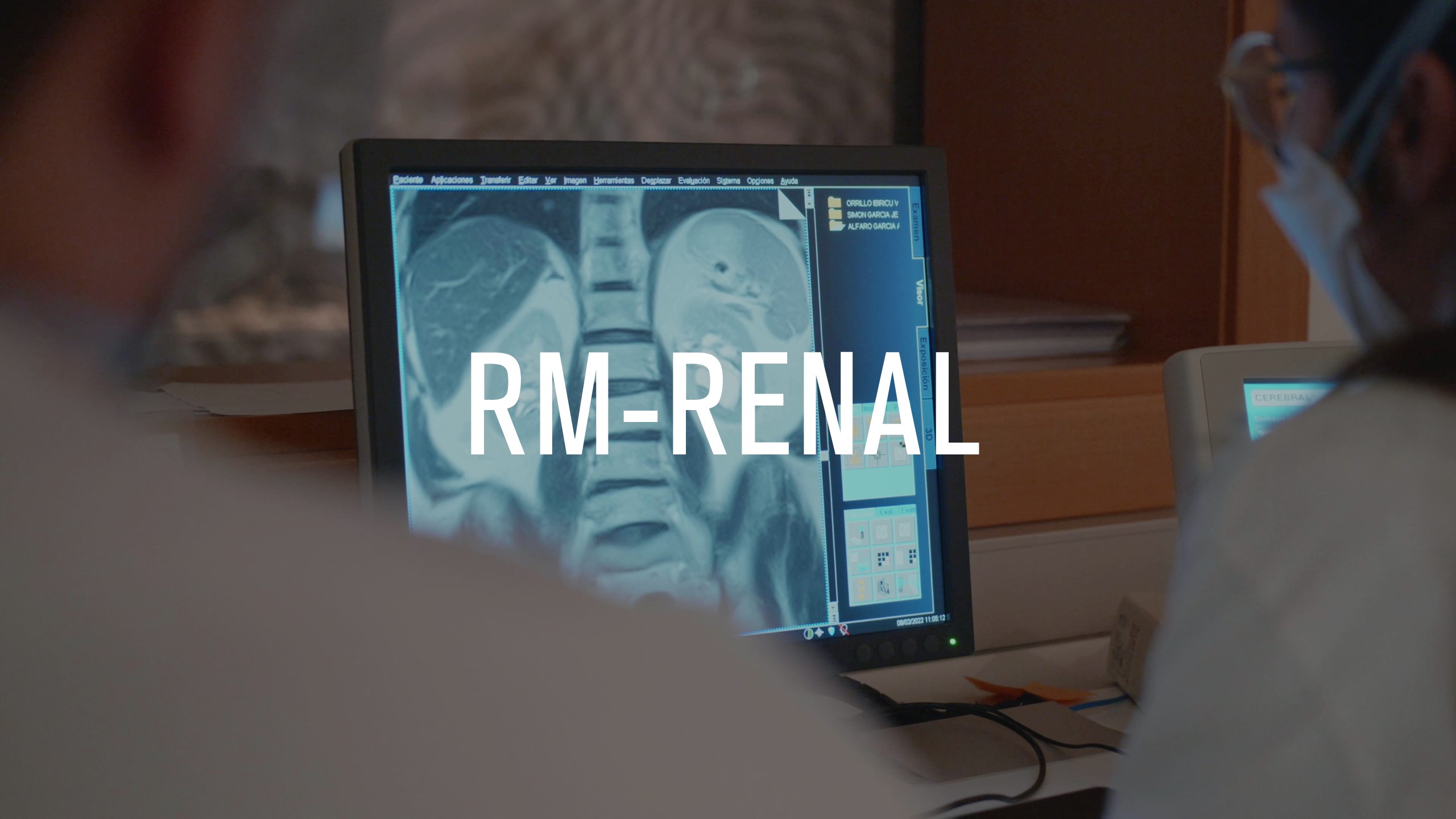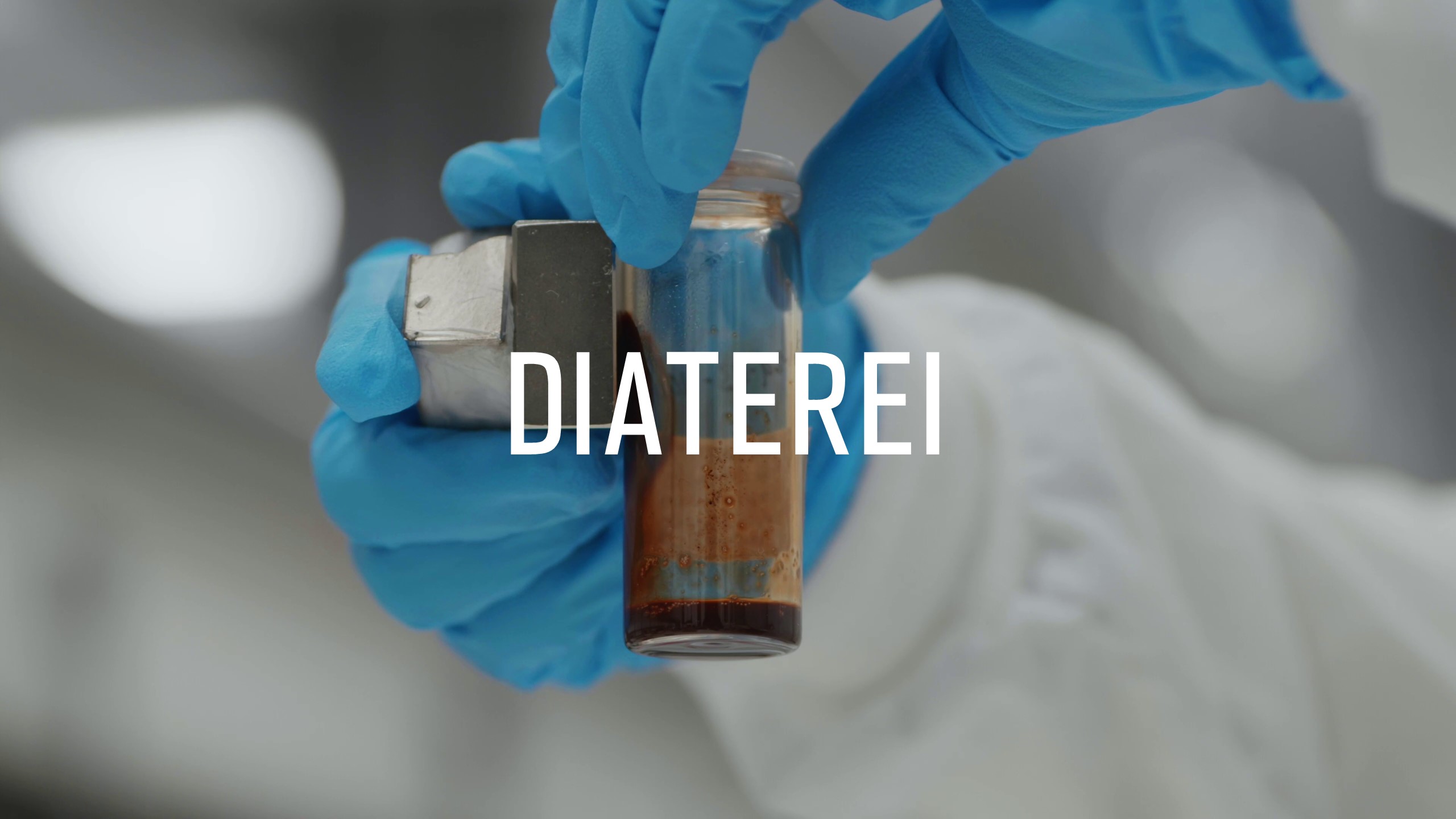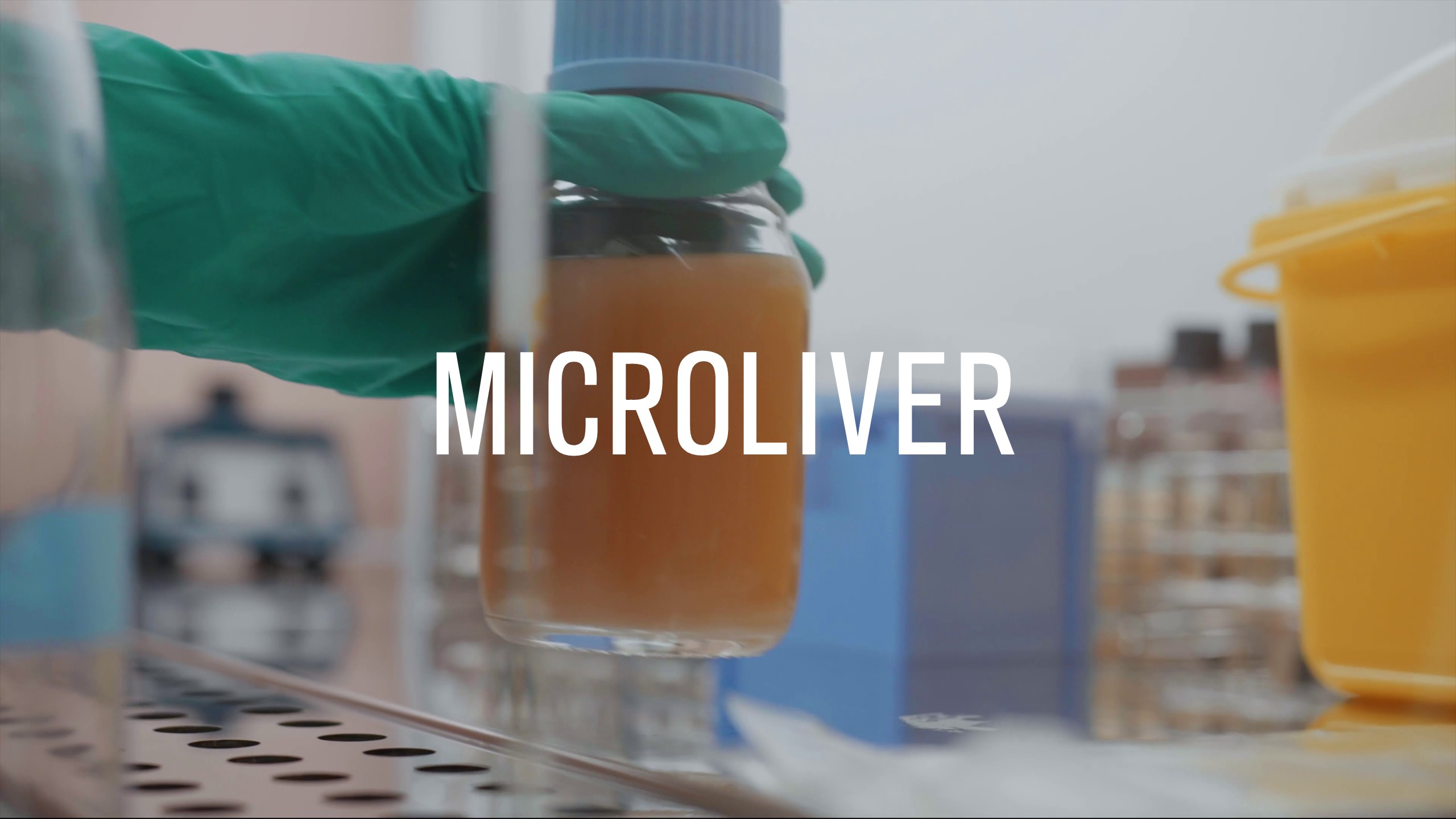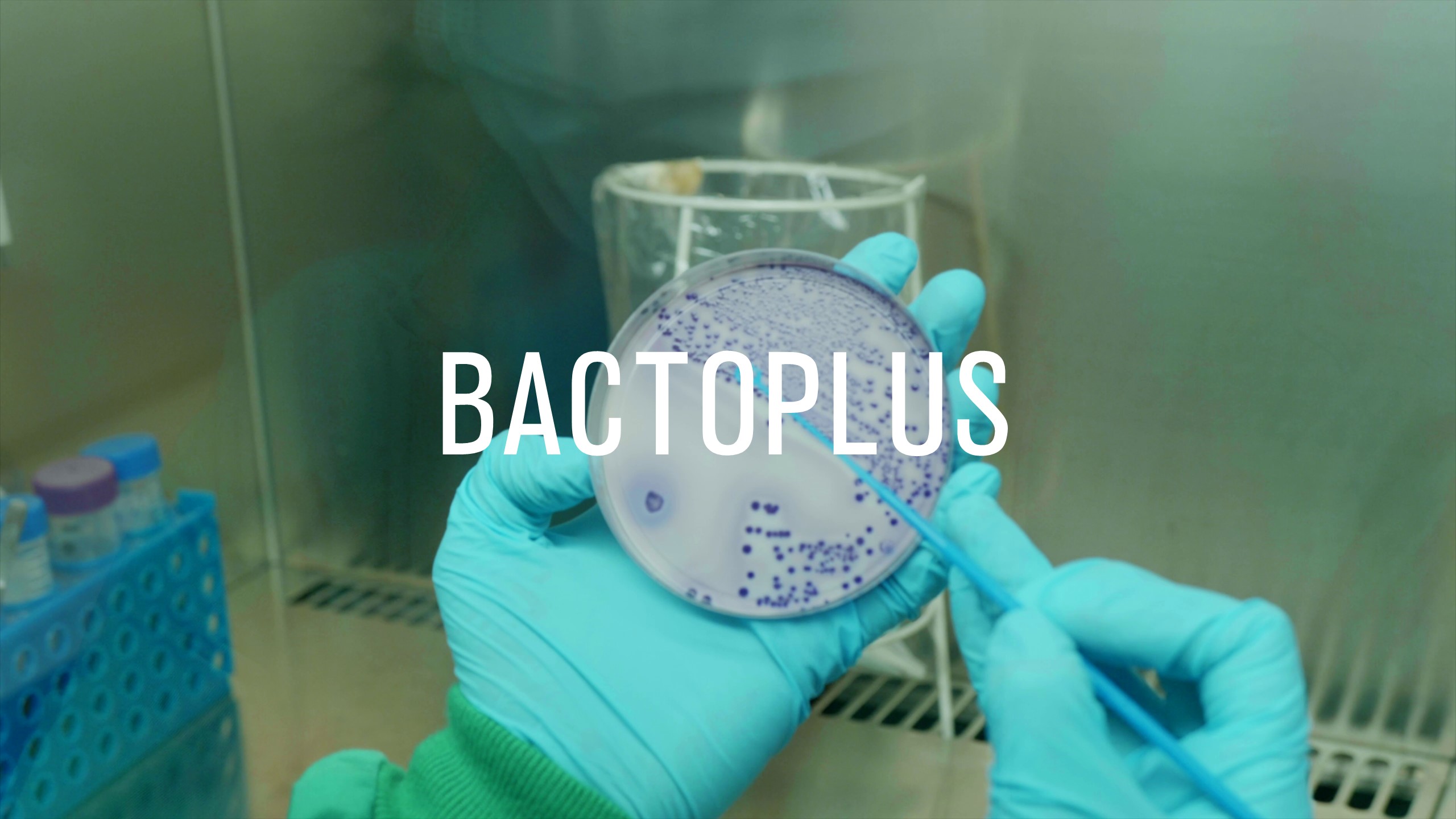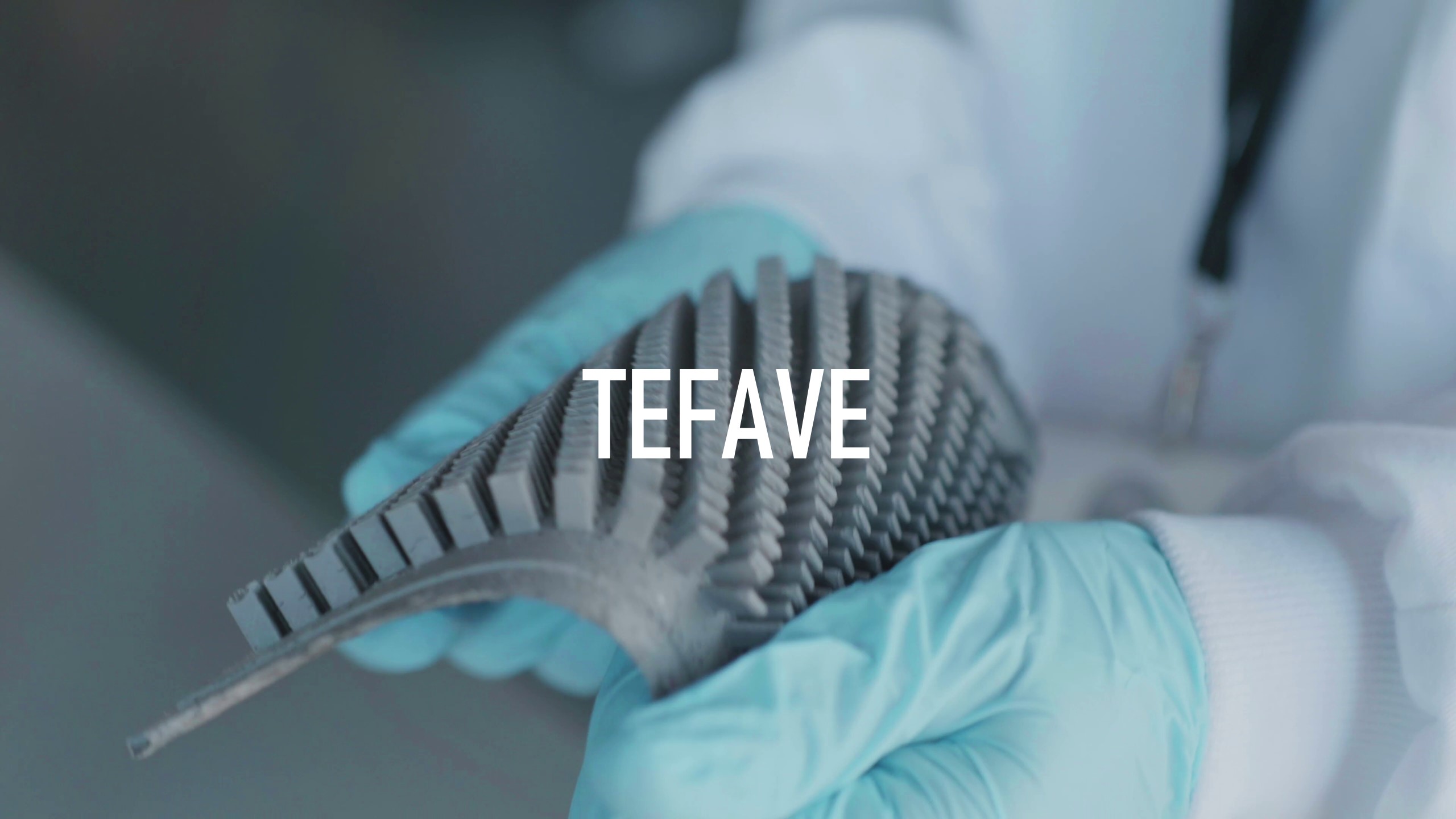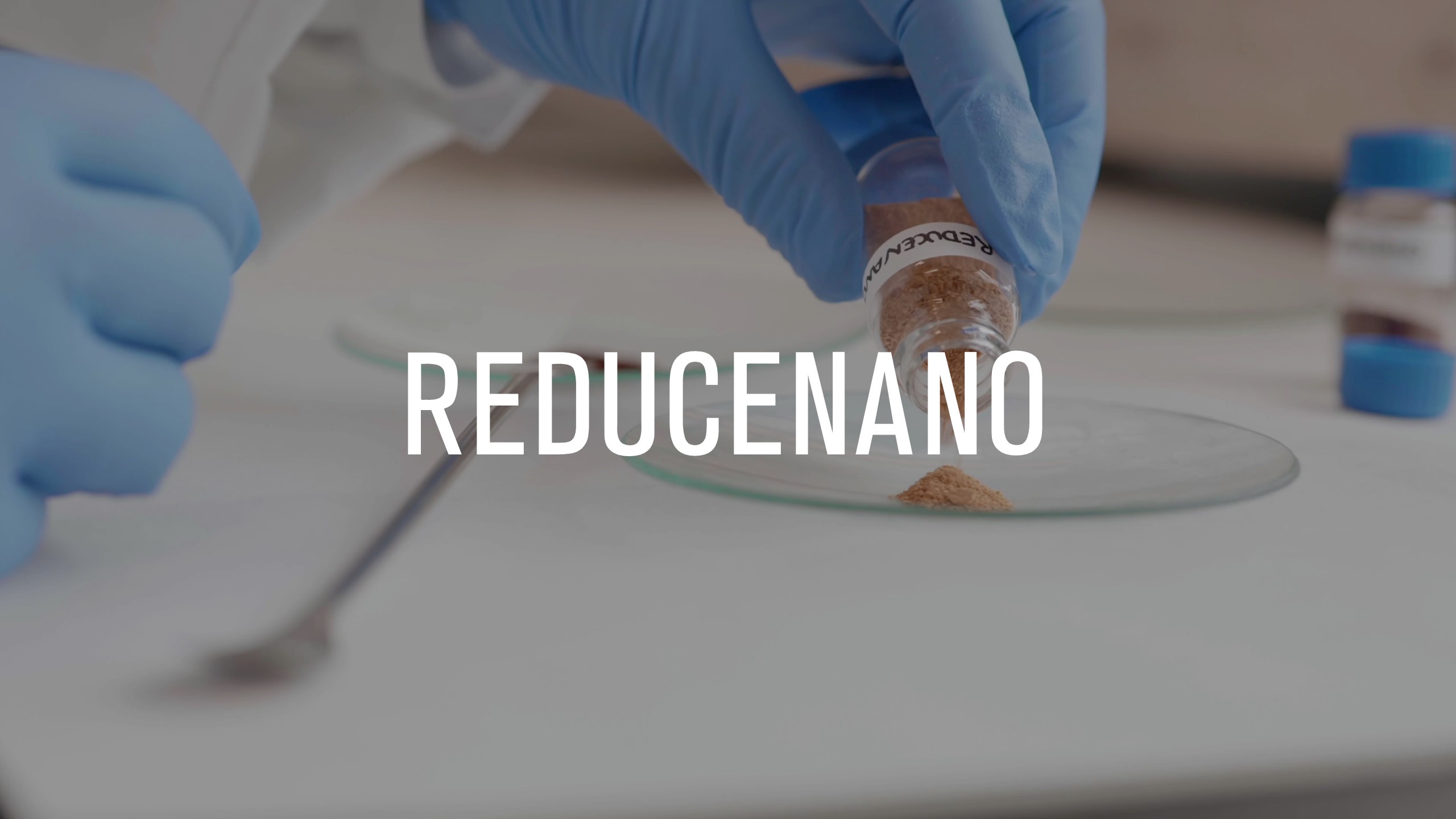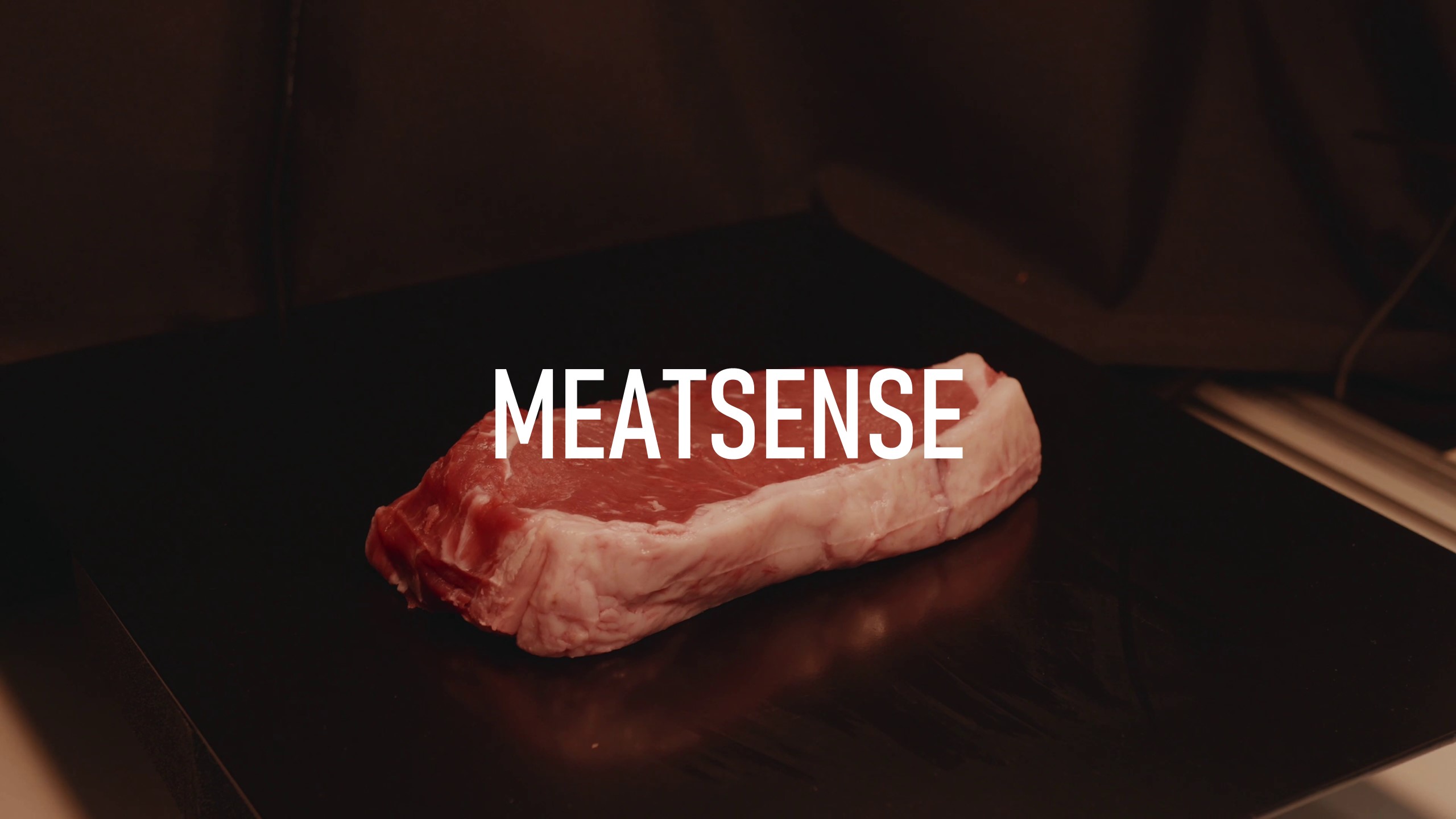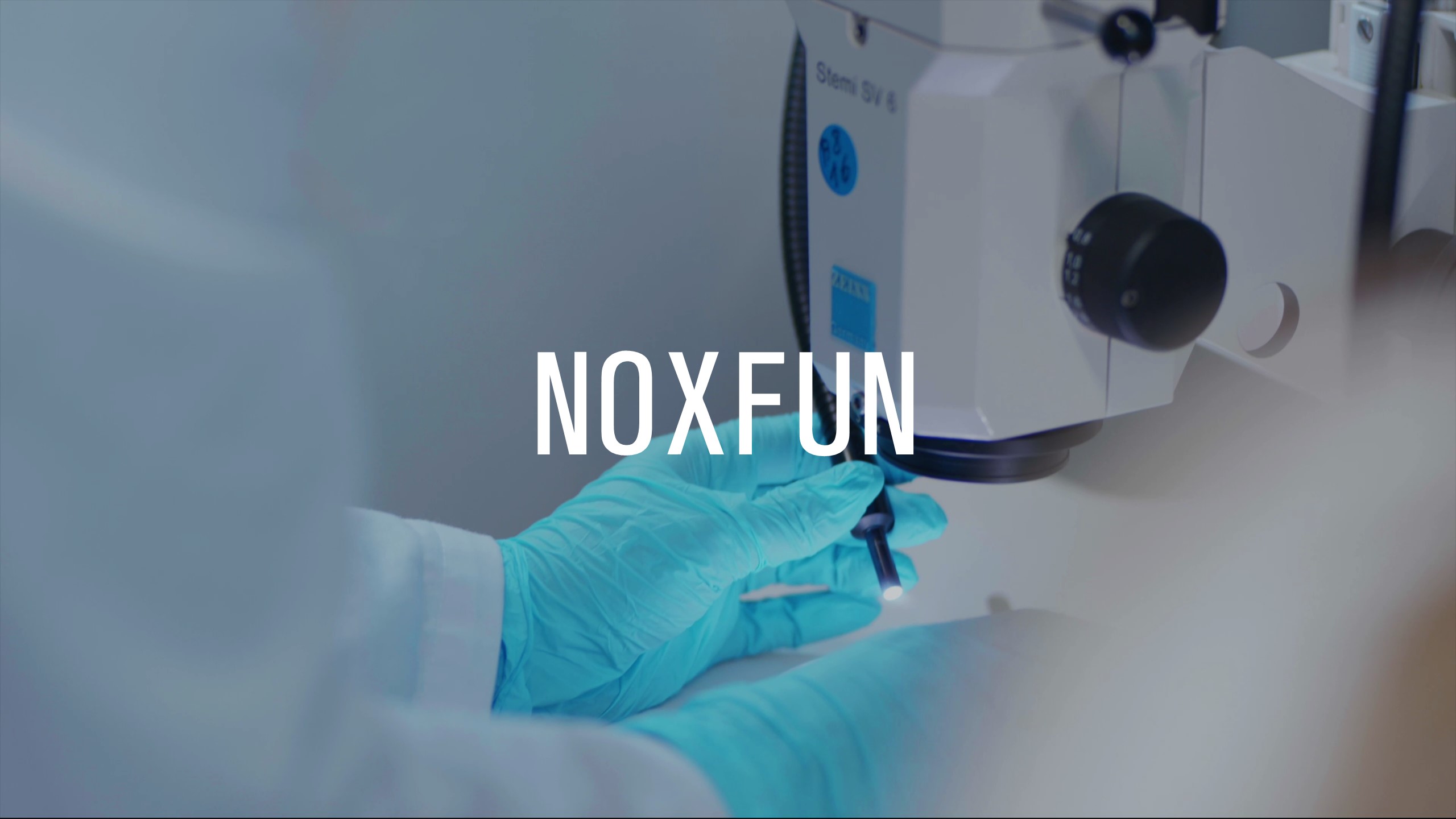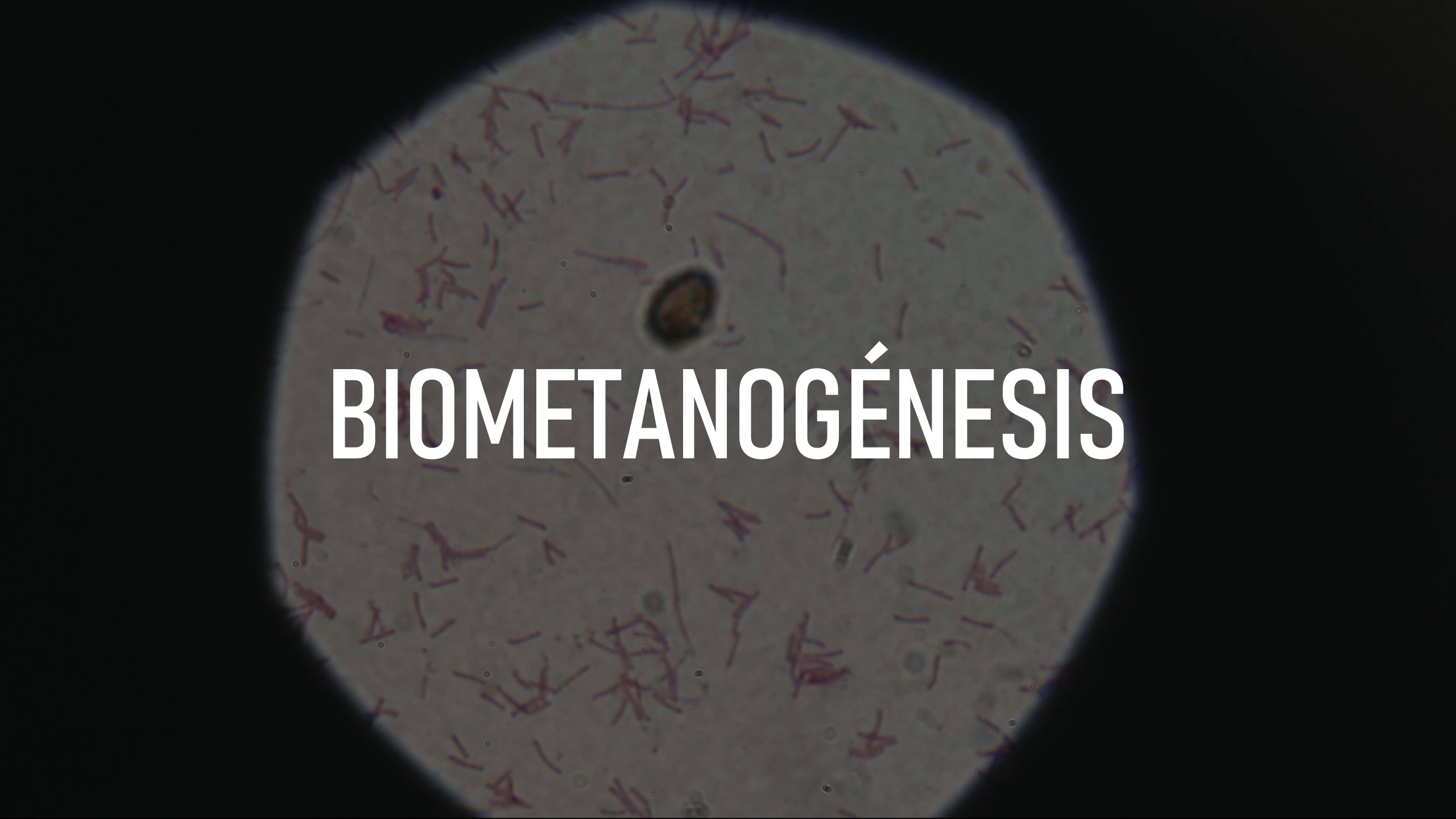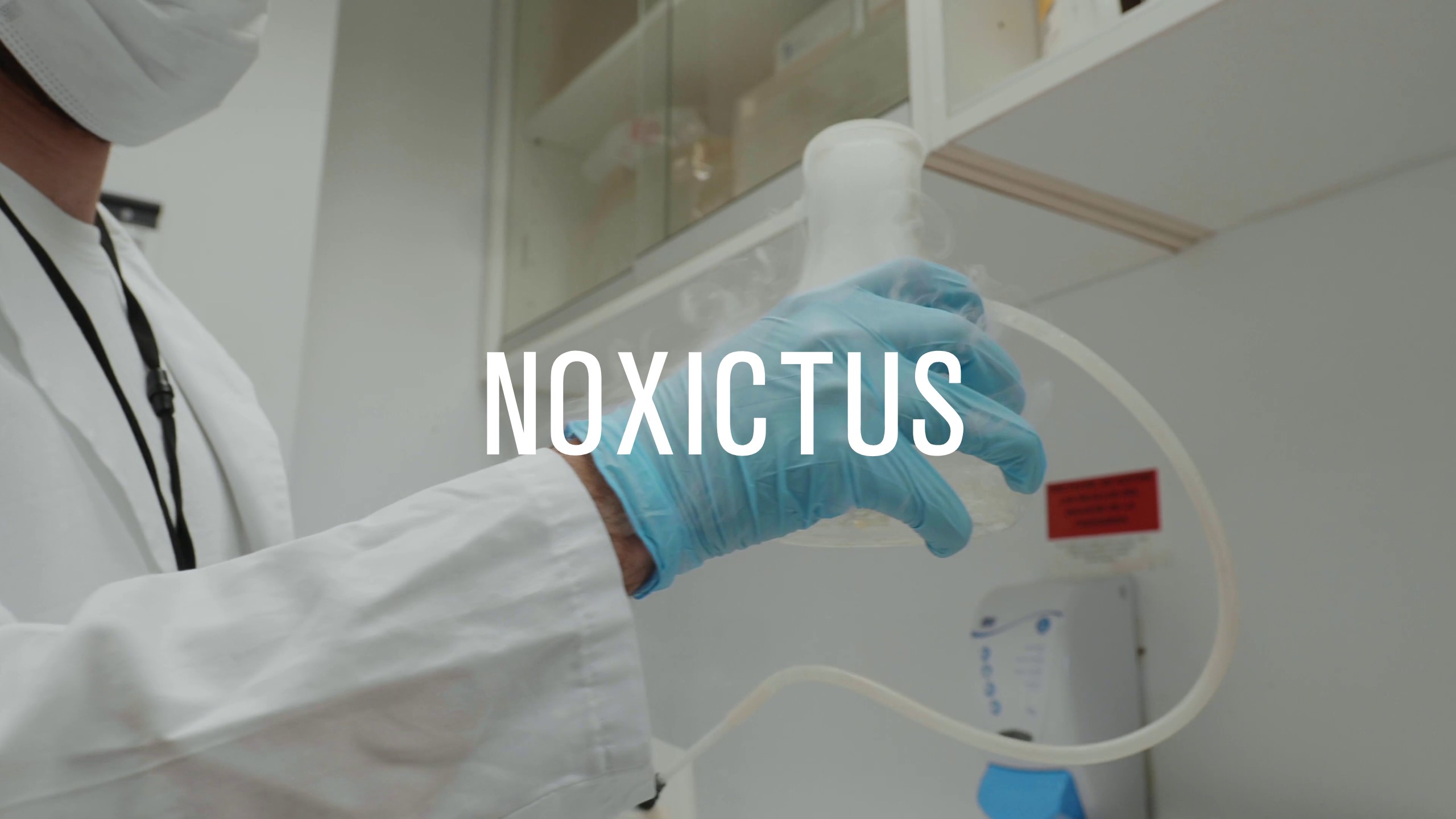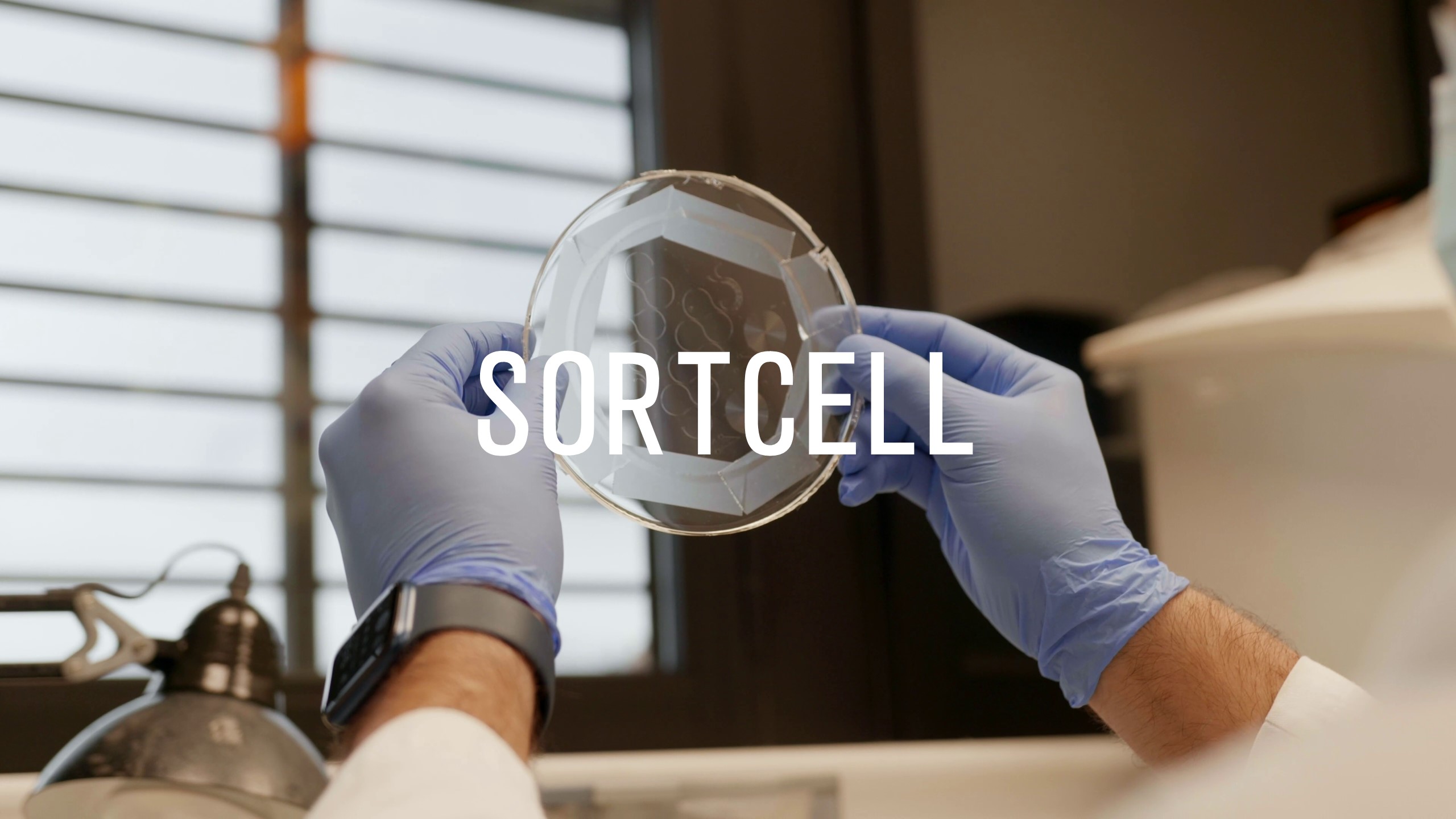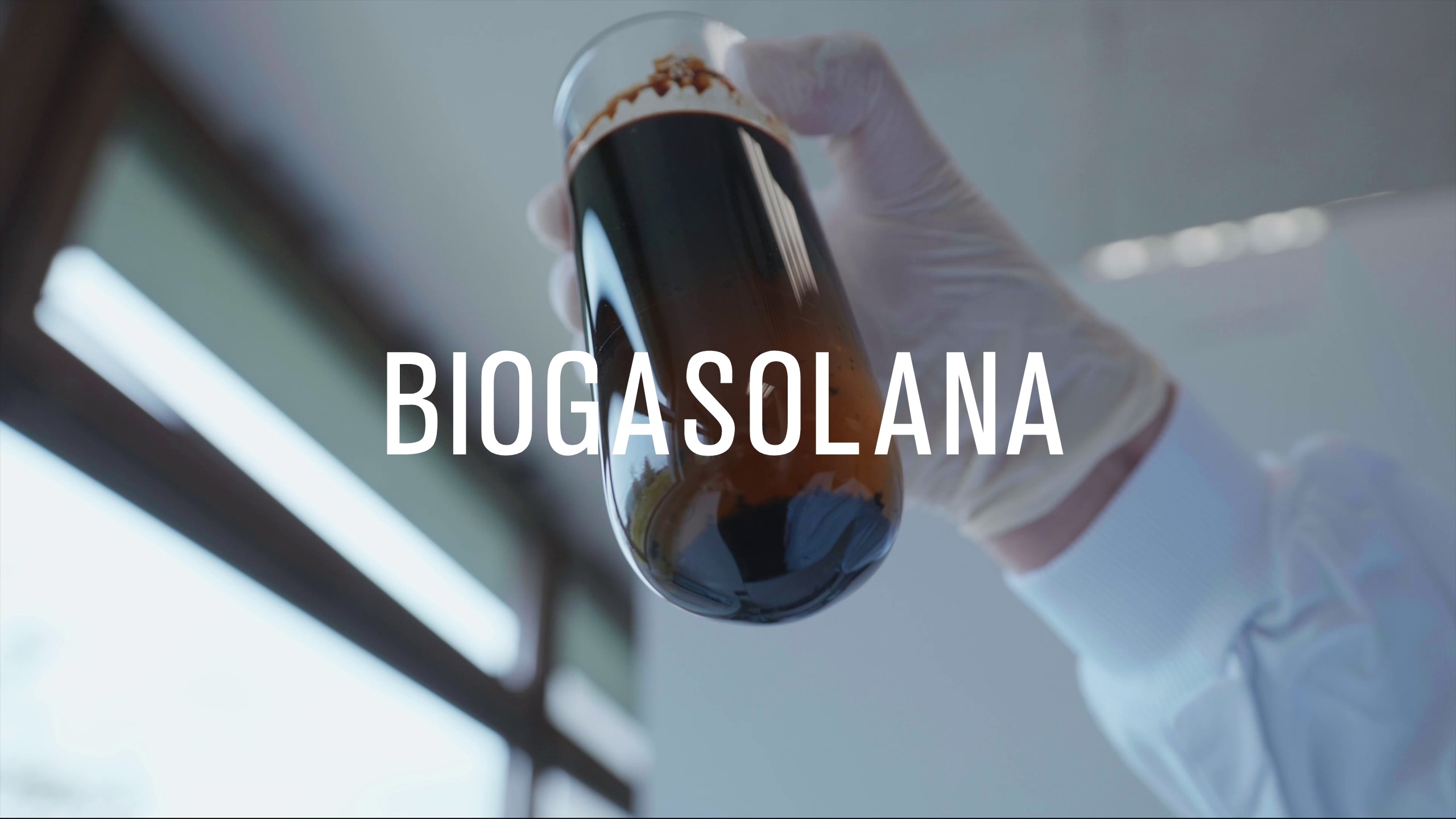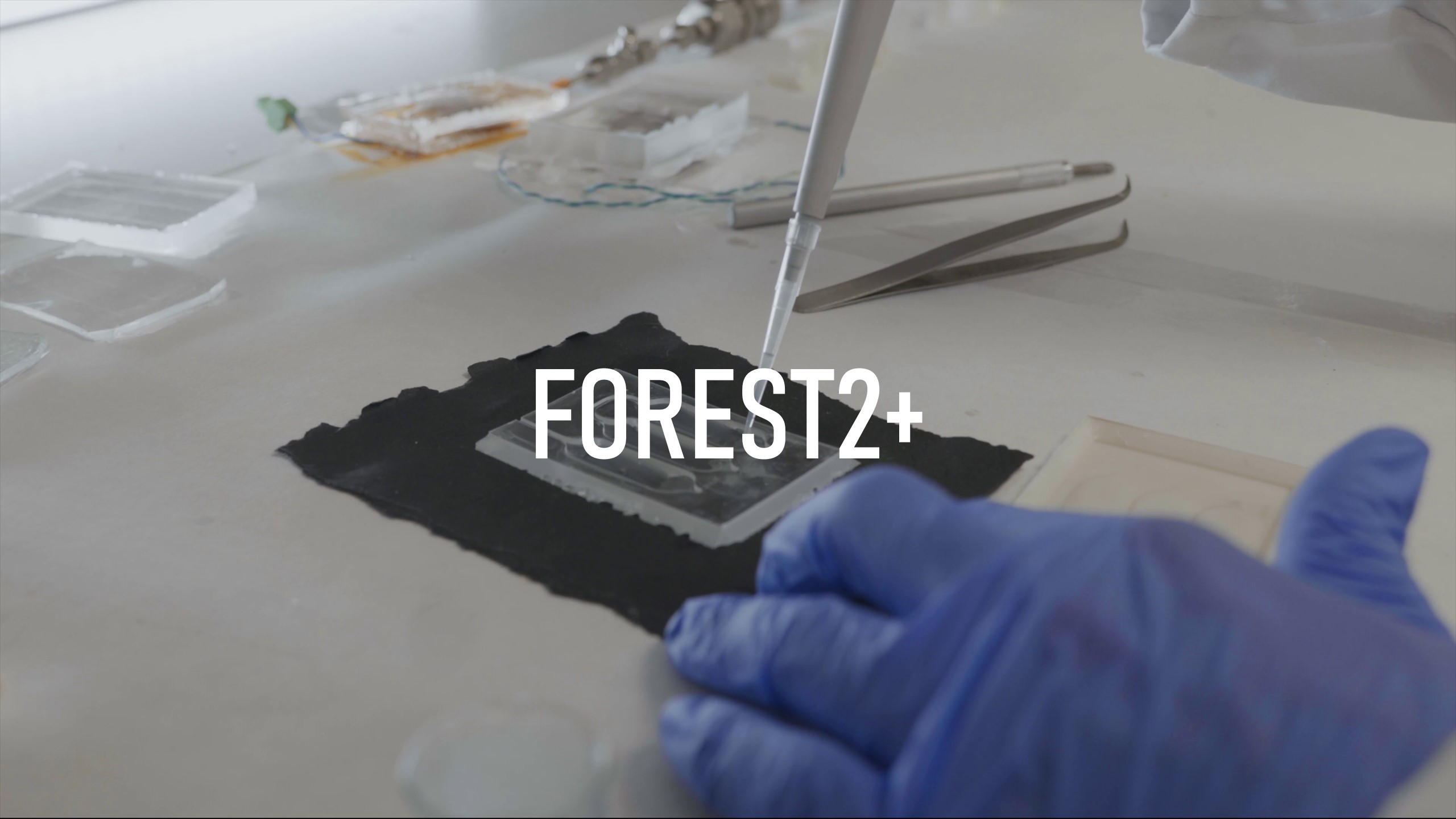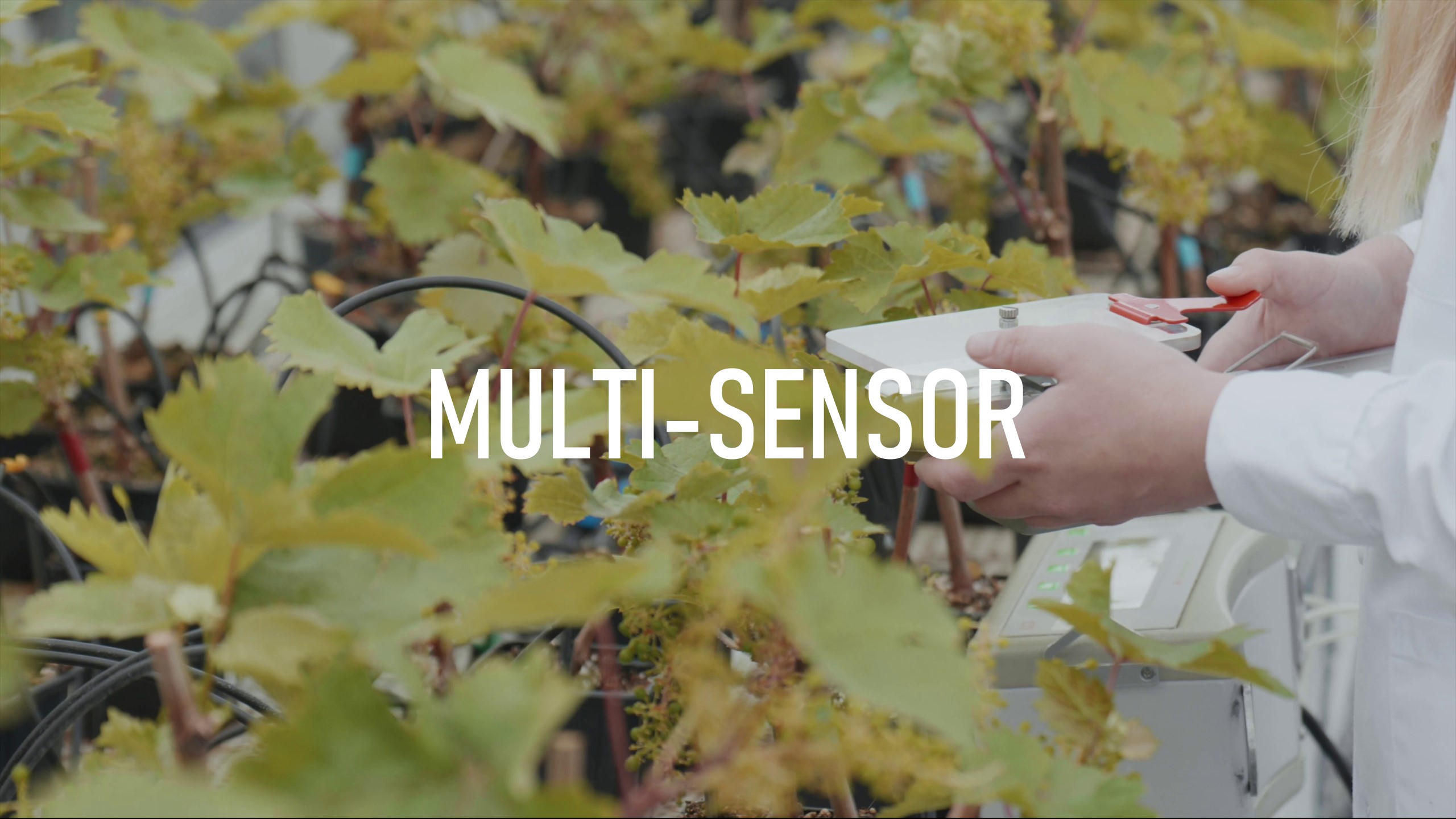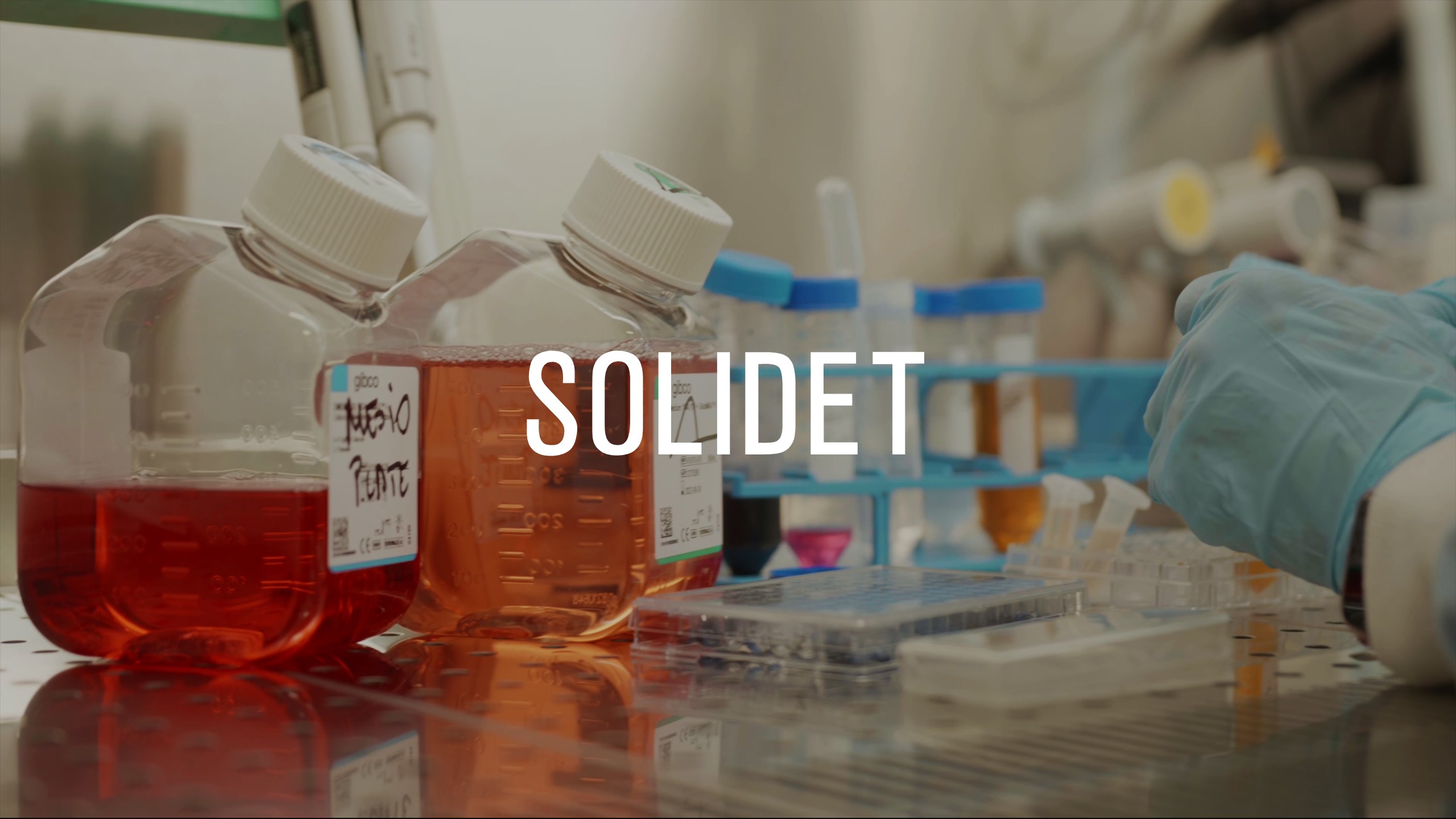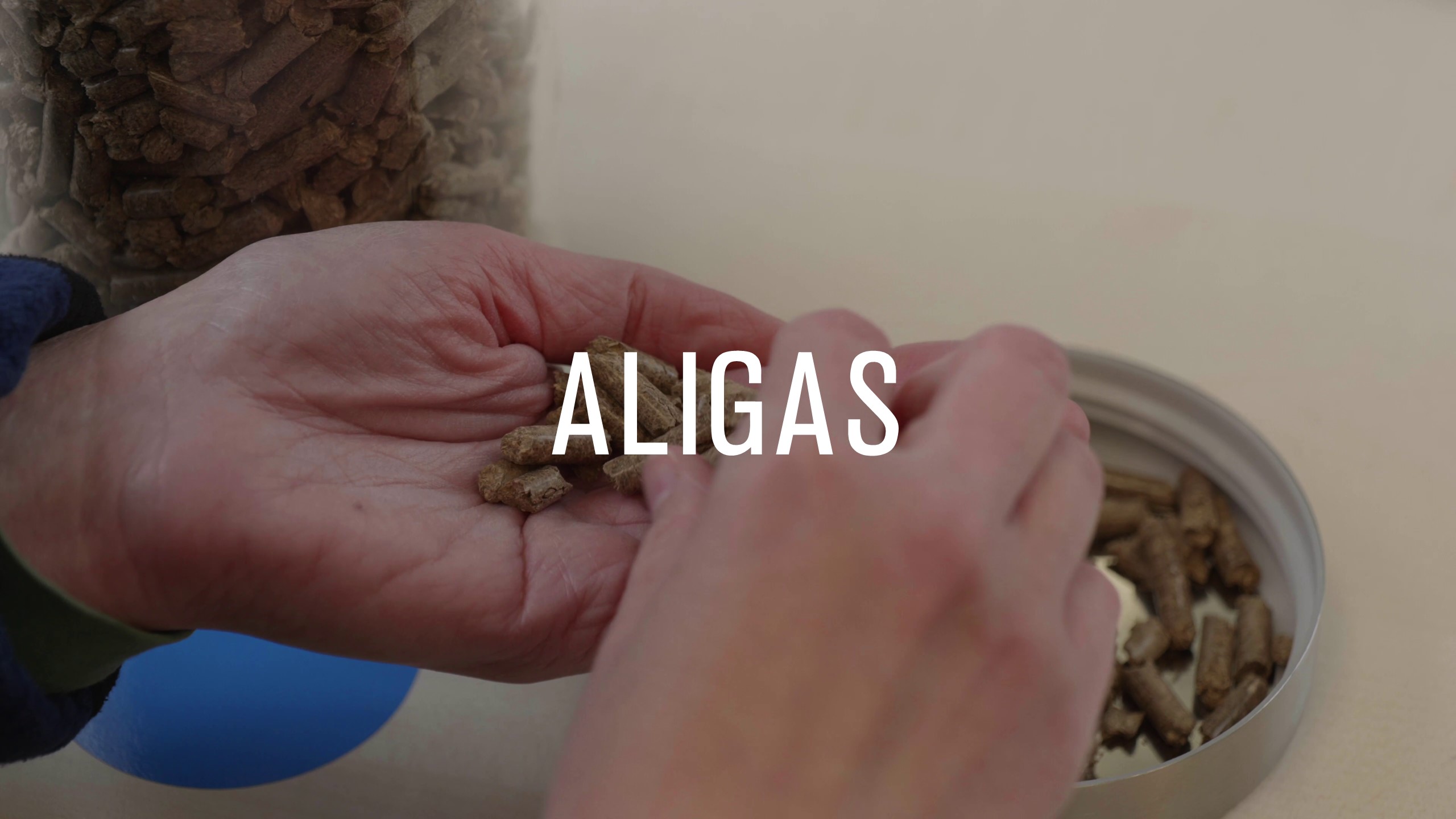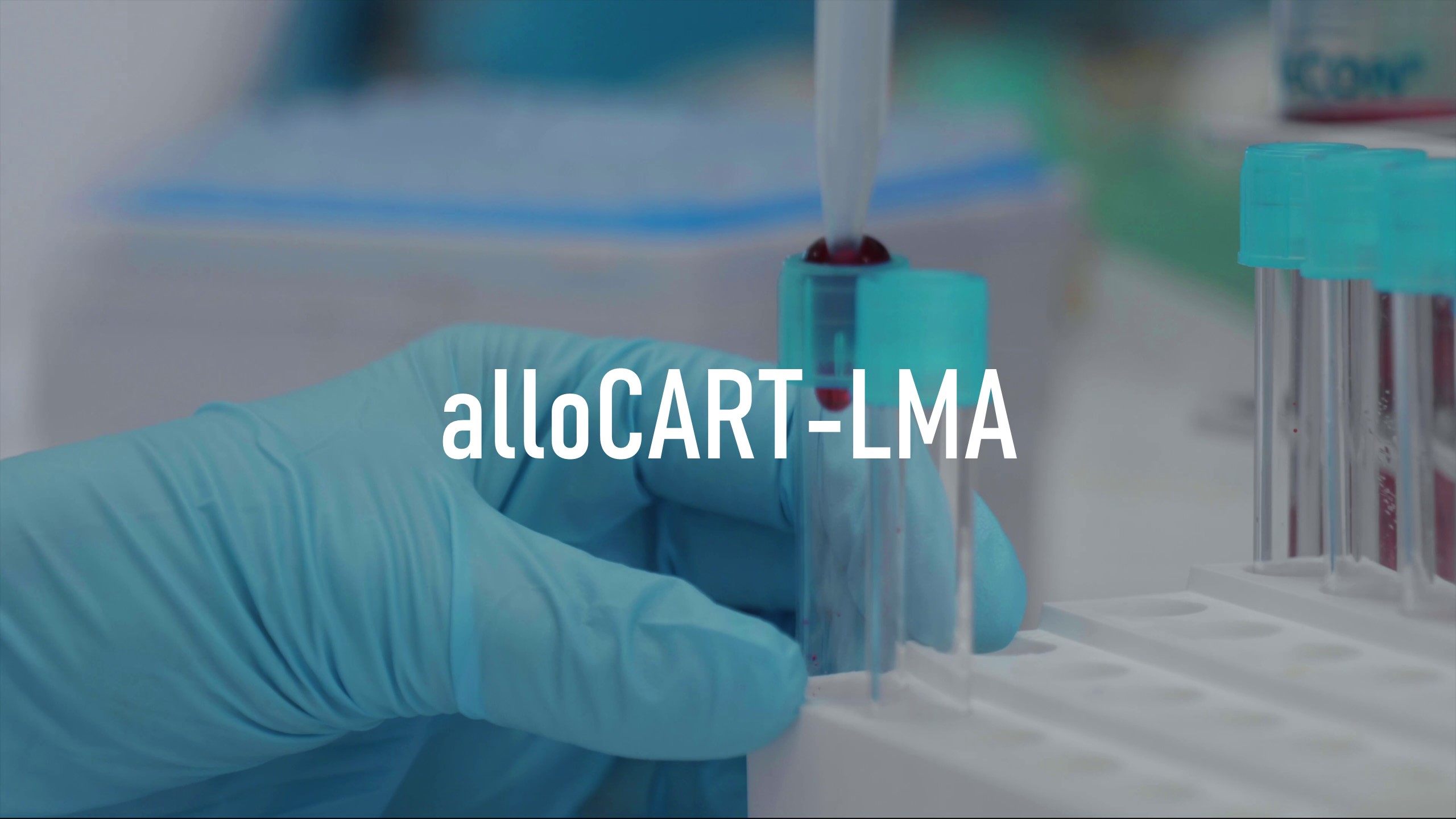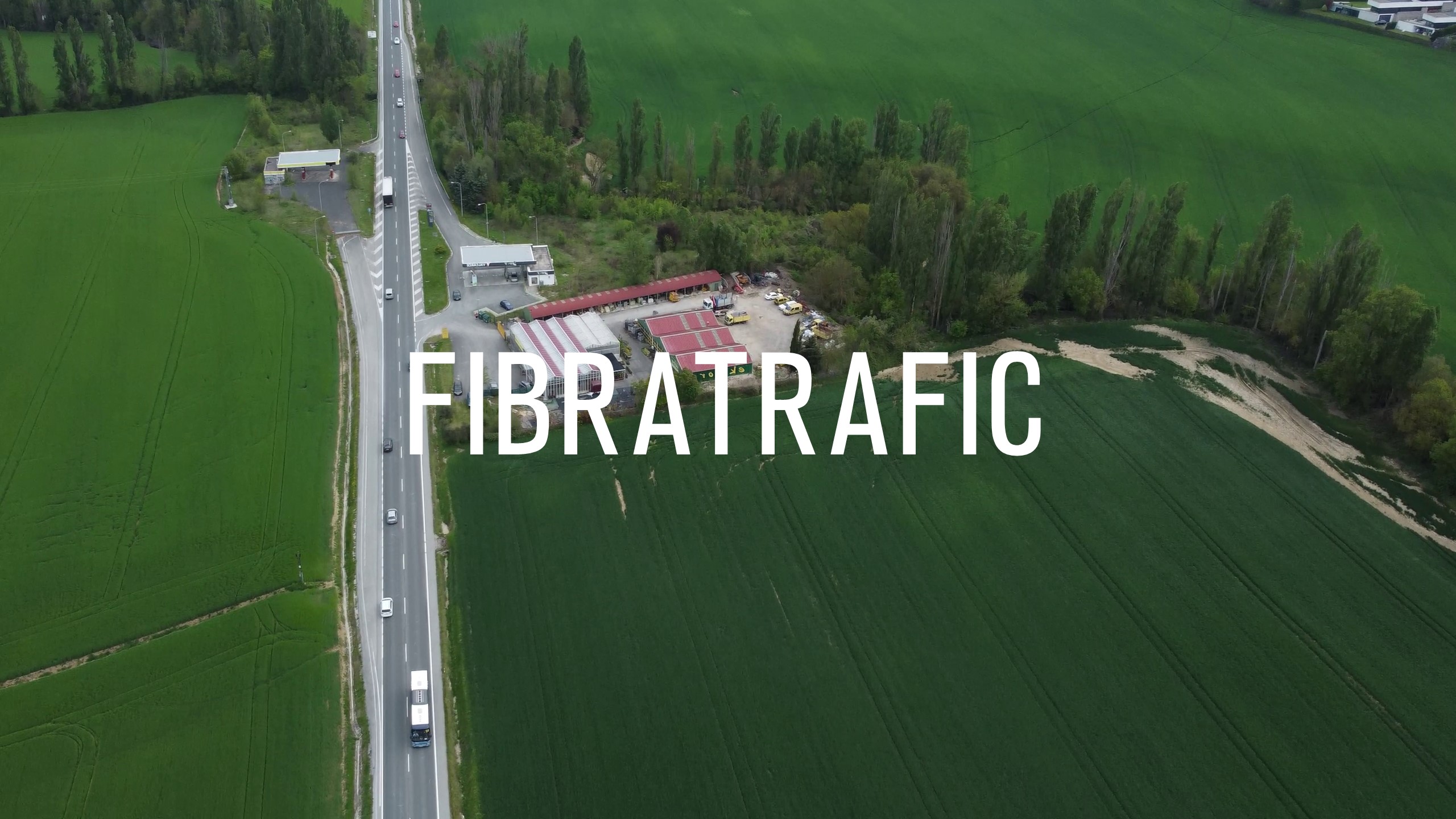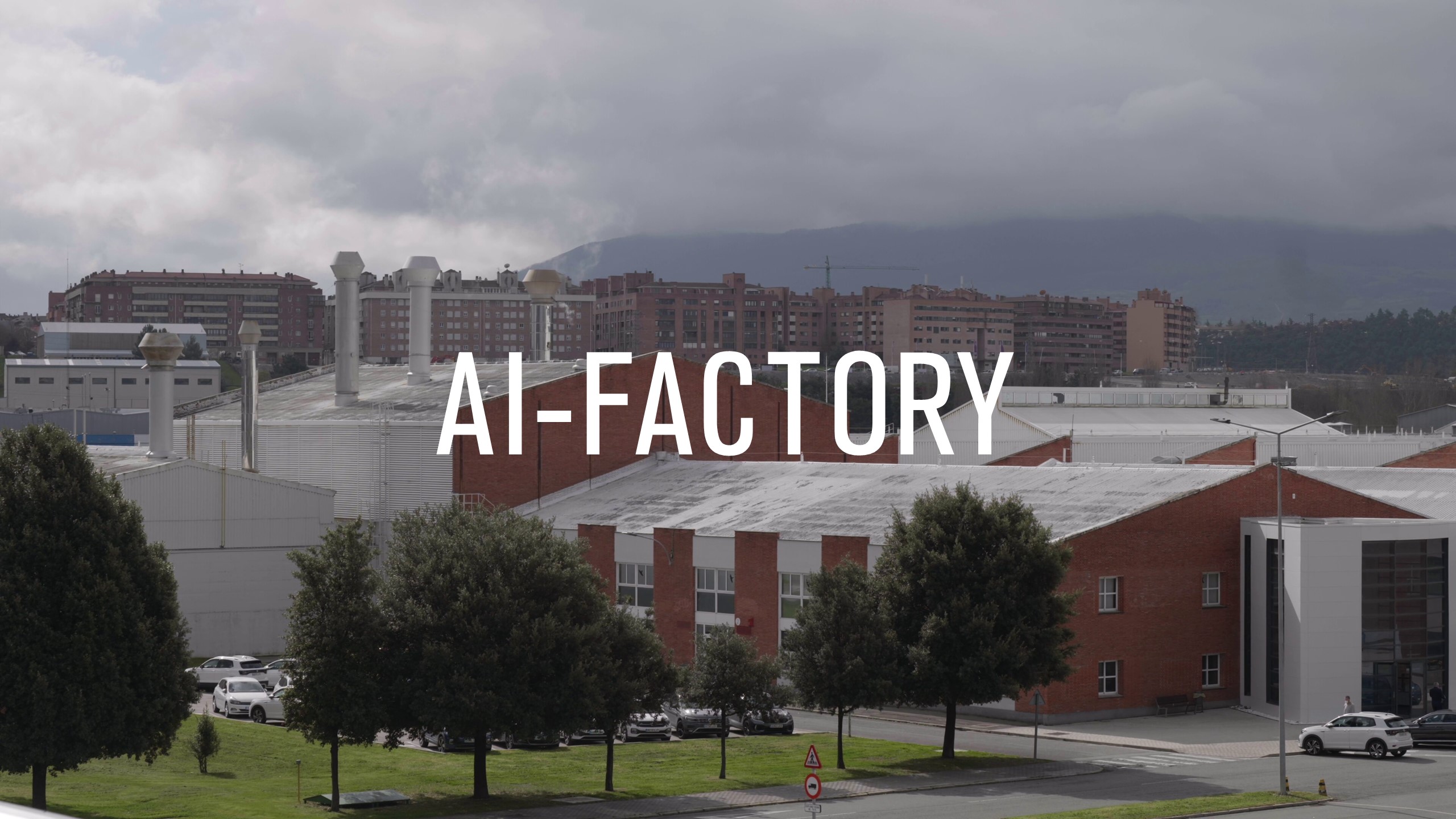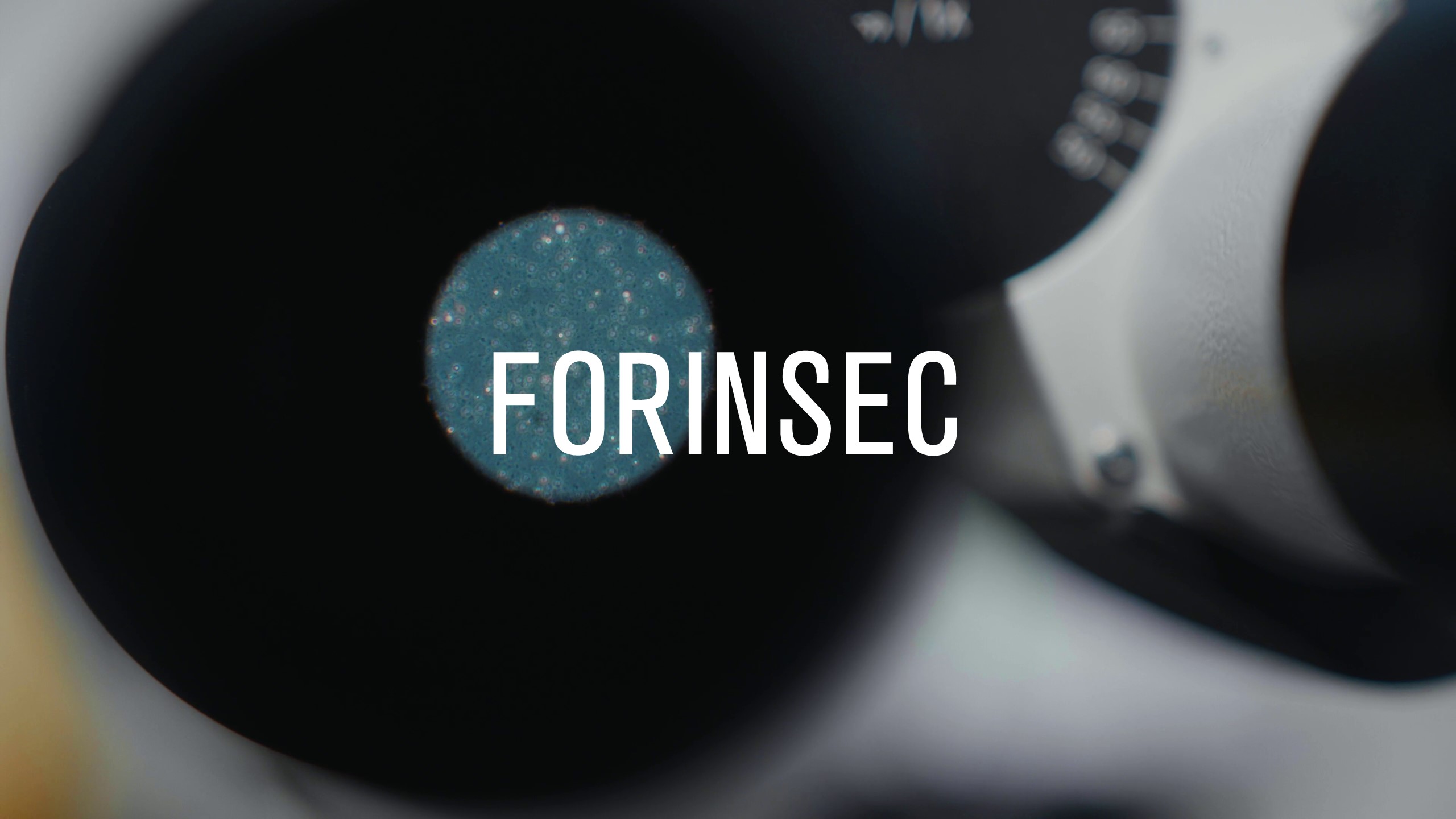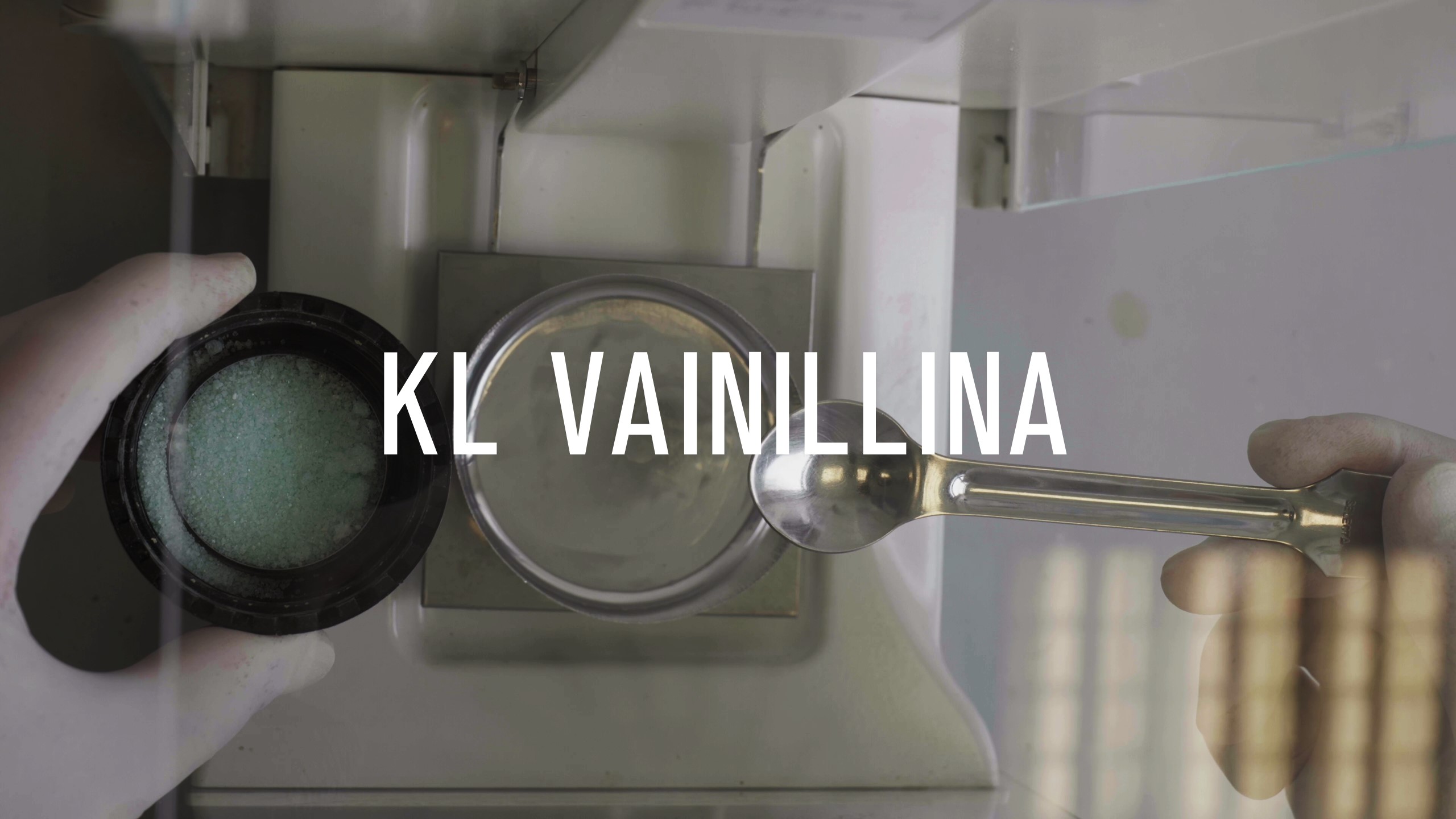Nonalcoholic fatty liver disease (NAFLD) is characterised by an excessive accumulation of fat in the hepatocytes in the absence of a prior history of excessive alcohol consumption. It is the most common chronic liver disease in the developed world. NAFLD is commonly associated with other metabolic alterations, like diabetes mellitus, hypertension, dyslipidemia and obesity, and it considered to be a hepatic manifestation of metabolic syndrome. Its prevalence has multiplied in recent years in line with the increase in obesity and diabetes. NAFLD is a silent disease. Its symptomatology is manifested when it is already in an advanced state, and it has already become an irreversible chronic hepatic disease.
Currently, precise diagnosis of the disease, as well as determining its state, can only be done with a liver biopsy. Nevertheless, a liver biopsy is not an indicated procedure, because it is an invasive method that involves risks for patients (pain, bleeding, infection), in addition to the great difficulty of obtaining a representative sample. For those reasons, the vast majority of patients with NAFLD are not diagnosed.
Along those lines, this project is based on developing an identification and subdiagnostic method for the disease, and to study the evolution of it in response to following a long-term personalised nutritional intervention. Data integration using artificial intelligence was used for those purposes, with the goal of facilitating early diagnosis and improving follow up and monitoring of patients with NAFLD.
To achieve the goal, a group of control patients (subjects without obesity or NAFLD) was recruited, and data and blood samples from another group of patients (with obesity and NAFLD) from a prior project (Fatty liver in obesity–FliO Dpto Salud-GN ref. 61/2015), where a two-year personalised nutritional treatment was done, were used.
This project was based on doing a complete characterisation of both population groups by using routine techniques, like taking anthropometric measurements, general biochemistry, inflammation markers, and more advanced techniques, like miRNA analysis, fibrogenic markers, circulating carcinogen markers, metabolomic analysis and image analysis, among others, for the purpose of identifying possible markers for the diagnosis and evolution of the disease.
Once the groups were characterised, all the information was combined so artificial intelligence techniques could be used that made it possible to assess it and be able to develop algorithms for nutritional treatment response, and to identify subjects at risk of having NAFLD. Three dimensionality reduction techniques, PCA, UMAP and t-SNE, were used to try to visualise potential groupings in the data in two dimensions. As hoped, the anthropometric, biochemical and image data was capable of separating the experiment groups. However, the metabolomic and miRNA data were not consistent, so the subjects were not grouped consistently with the experiment groups, which made it impossible to use artificial intelligence models. Because it was not possible to use artificial intelligence, a classical statistical analysis was done studying the variables separately.
In the analysis of the effect of the nutritional intervention, in the group of subjects with obesity and NAFLD, differences were observed in the concentration of some of the miRNA analysed during the intervention and in comparison with the subjects in the control group. That analysis is part of a doctoral thesis in progress. On the other hand, the undirected metabolomic analysis let us identify a differential metabolite between the group of patient subjects and the control group. Currently, that metabolite is being studied as a possible diagnostic marker, which is the subject of another ongoing doctoral thesis. The large amount of data gathered with this project is making it possible for us to study all the biomarkers analysed specifically, in order to be able to define differential marks between the population groups that lead us to be able to develop an NAFLD subdiagnosis technique, as was proposed.



